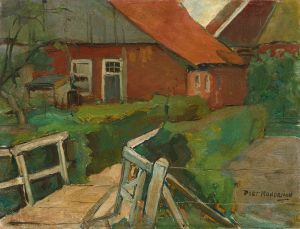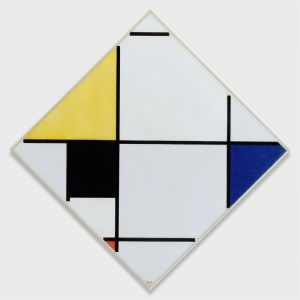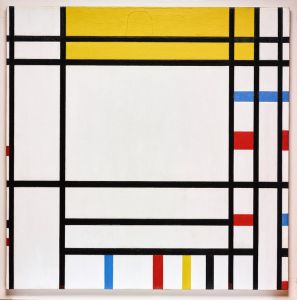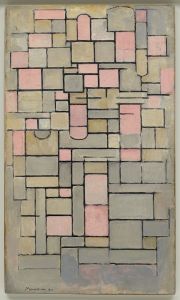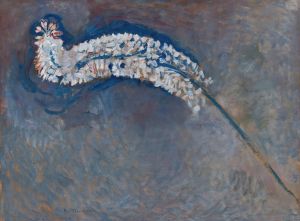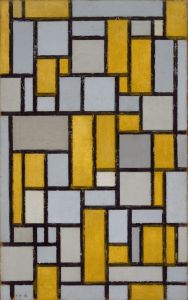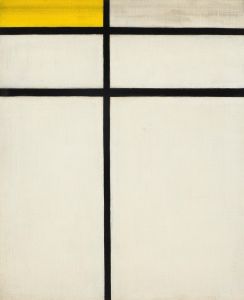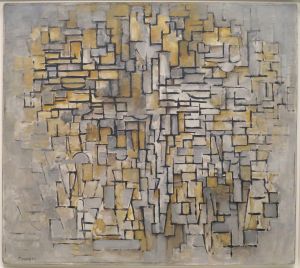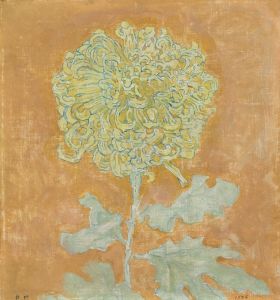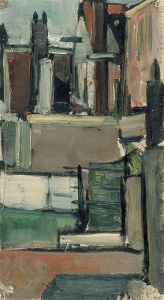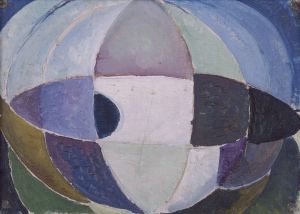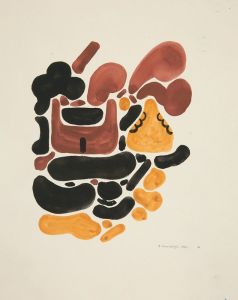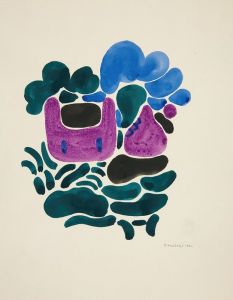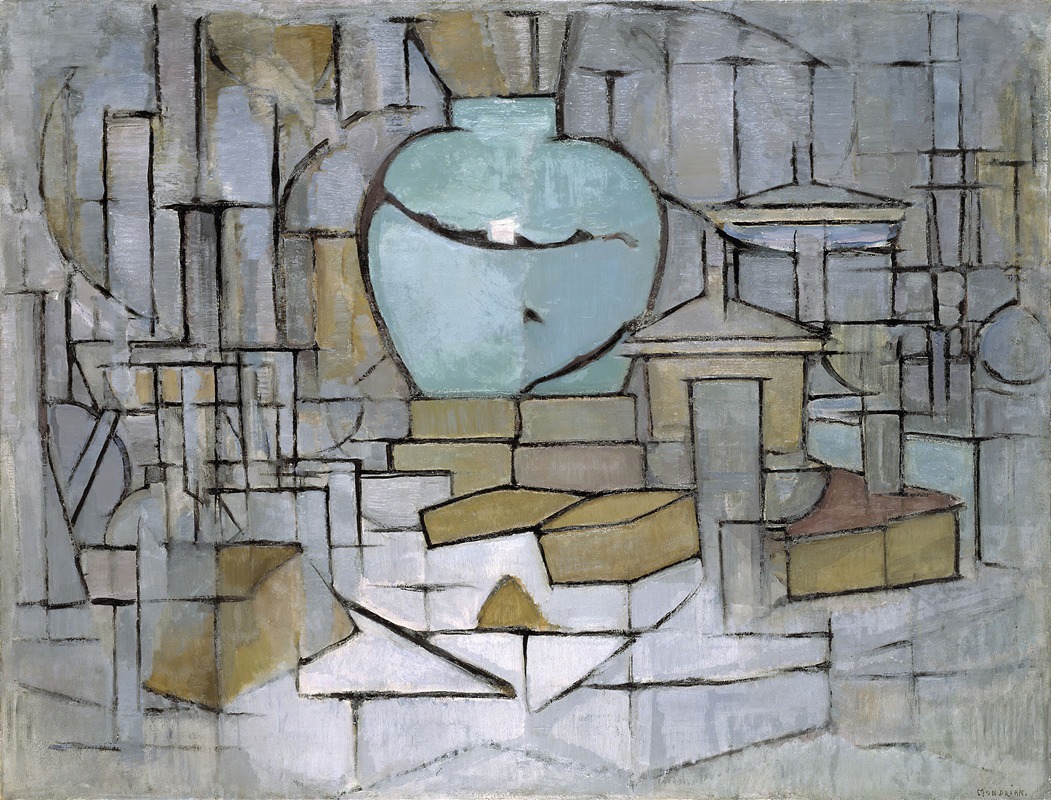
Still Life with Gingerpot II
A hand-painted replica of Piet Mondrian’s masterpiece Still Life with Gingerpot II, meticulously crafted by professional artists to capture the true essence of the original. Each piece is created with museum-quality canvas and rare mineral pigments, carefully painted by experienced artists with delicate brushstrokes and rich, layered colors to perfectly recreate the texture of the original artwork. Unlike machine-printed reproductions, this hand-painted version brings the painting to life, infused with the artist’s emotions and skill in every stroke. Whether for personal collection or home decoration, it instantly elevates the artistic atmosphere of any space.
"Still Life with Gingerpot II" is a painting by the Dutch artist Piet Mondrian, completed in 1912. Mondrian, who is best known for his abstract works and contributions to the De Stijl movement, created this piece during a transitional period in his career when he was moving away from representational art towards abstraction.
The painting depicts a still life scene featuring a gingerpot, a common subject in Dutch still life painting, along with other objects such as a bottle and a bowl. The composition is notable for its use of geometric shapes and a limited color palette, which includes shades of brown, gray, and white. This restrained use of color and form reflects Mondrian's interest in simplifying and reducing elements to their essential qualities.
"Still Life with Gingerpot II" is significant because it illustrates Mondrian's early experimentation with Cubism, a style that he encountered during his time in Paris. Influenced by the works of Pablo Picasso and Georges Braque, Mondrian began to deconstruct objects into basic geometric shapes and to explore the relationships between form and space. This painting demonstrates his application of Cubist principles, such as the fragmentation of objects and the use of multiple perspectives within a single composition.
The gingerpot, a recurring motif in Mondrian's work, serves as a focal point in this painting. Its rounded form contrasts with the angular lines and shapes that dominate the rest of the composition, creating a dynamic interplay between different elements. The careful arrangement of objects and the subtle gradations of tone highlight Mondrian's skill in balancing complexity and simplicity.
"Still Life with Gingerpot II" is part of a series of still life paintings that Mondrian created during this period. These works mark an important phase in his artistic development, as he gradually moved towards the abstract style for which he is best known. By experimenting with Cubist techniques and exploring the underlying structures of objects, Mondrian laid the groundwork for his later, more radical abstractions.
The painting is housed in the Gemeentemuseum in The Hague, Netherlands, which holds an extensive collection of Mondrian's works. The museum's collection provides a comprehensive overview of Mondrian's artistic evolution, from his early representational pieces to his mature abstract compositions.
In summary, "Still Life with Gingerpot II" is a key work in Piet Mondrian's oeuvre, representing a pivotal moment in his transition from representational art to abstraction. The painting's use of geometric forms, limited color palette, and Cubist influences exemplify Mondrian's innovative approach to still life painting and his quest to distill visual elements to their purest forms.





